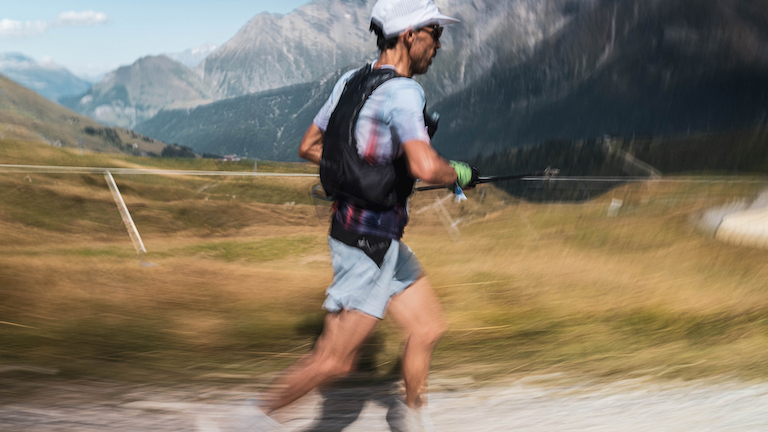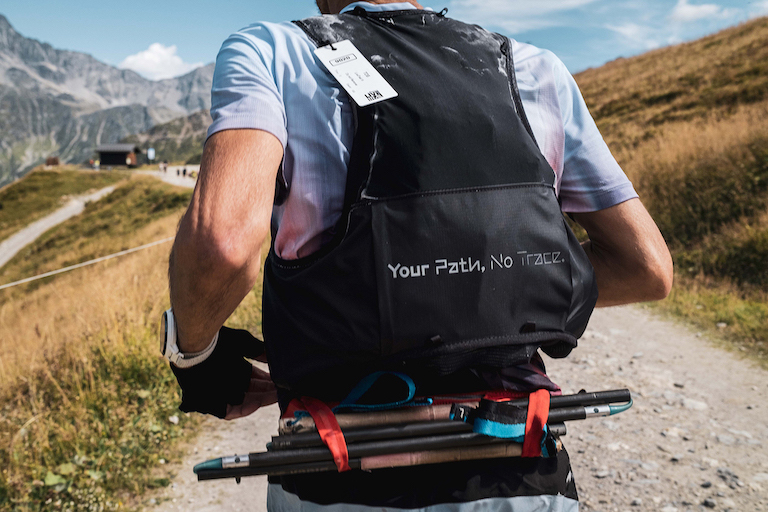
The Best Trail Running Gear
Running is a great pass time for fitness enthusiasts because it's simple and doesn't need lots of gear to make it happen.

Supported by Alejandro Forcades
Runners get loads of health benefits running up a trail, but they don't wake up one morning and begin running. To be involved in this activity, you must be prepared to have an enjoyable experience. Trail running gear is important when running, and this article will guide you on which ones you should acquire.
Type of Trail
There are different types of trails depending on difficulty, terrain and distance. It would be prudent to look for a map of your area if you plan to go running. If you want to go to a park, you should consult the rangers on what to expect. There are different trails such as bikeways, boardwalks, nature trails, and multi-use trails. Depending on the type of trail you choose, you’ll have to adapt your running gear.
Trail Gear
The first and most important equipment is proper running shoes because trails are filled with slippery and sharp rocks. Normal shoes wouldn't cut because the feet will feel discomfort. Trail-specific shoes have gusseted tongues to keep stones out and lugs to shed mud. You should ditch the cotton shoes and opt for more breathable options because you wouldn't want to run with wet shoes. Adding to the shoes, some wool or synthetic socks would cap off a good acquisition. You also need a way to carry water, and a waist belt or hand-held water bottle would be good when running.
Essential Equipment
There is essential equipment for trail running, some for the same purpose and others for different things. Besides the obvious equipment, GPS running watches are useful for running on unmarked trails because you could get lost while working out. Running headlamps would work wonders when there is low visibility. Other equipment that could prove useful are wireless headphones, running sunglasses, and running hydration backpacks. Even if you don't have the above gear, that shouldn't stop you from trying running because it is the experience that teaches you what you need for future sessions.
Clothing
You need to have sporty wear when going out for running. Get yourself a quick-dry t-shirt, sports bra, and some running shorts. The clothing would depend on the weather or the fitness targets you need to achieve.
You need proper training clothes to extend your muscles and keep them simultaneously comfortable. You could wear shorts during the dry season and add more layers of clothing when it gets colder, such as windbreakers or a running jacket, headwear and gloves.
Food and Hydration
It's important to eat food before and after a run to replenish fluid losses from your body. Low-fat foods are good before and after workouts, while the time for hydration varies before and after workouts. You should drink lots of water two to three hours before running, and you can drink the same amount or more after running. Your body needs to recover after a workout. You should have a water bottle or hydration pack during your workout because they are essential trail running gear.
Navigation
Navigation is an important aspect of running; the most important equipment you need for navigation is a map. You could get a GPS watch or a phone to help you navigate the trails. No need to go old school because you need to pause to check where you're going. Technology has made exercising enjoyable and easier to monitor. Running maps also measure the distance and speed at which you are running, helping the runner improve certain aspects of their exercise routines.
Trail Running Safety
It is important to have equipment that guarantees your safety if you want to keep running regularly. One injury could keep you out for a long time or decrease your appetite for running. Running on rough terrain isn't a walk in the park; you need gear that protects your body from sharp rocks and gusting wind. You need the proper shoes, headgear, gloves, and clothing to make running safe and enjoyable.

“It is clear that using better or worse quality equipment will not make you run faster, but it does help you to be more comfortable while running and to avoid injuries, using quality equipment is something I have always given a lot of importance to in my career”
Tòfol Castanyer
Trail Running Tips
Trail running isn't as easy as it seems because you must be prepared to handle obstacles. You need some tips to navigate the terrain and the gear you need to carry when going to these trails.
Trail runs are not the same as using the track because of the runners' obstacles. It is important not to overstride because a wider stride could destabilize you when your feet land on an obstacle. Keep your eyes down and scan the trail ahead to prevent you from bumping into any surprises. If you are a beginner, choose the easy trails and ease into the trails before trying difficult ones. Remember to carry your equipment before going for a run.
Final Thoughts
Running is an excellent form of exercise, and you can choose different terrain to gain resilience. If you choose trails, you better be prepared for what lies; next, the training gear, terrain, and distance will give you a proper introduction to trail running. It is enjoyable; all you have to do is start and see where the trails take you.
Photography: Nick Danielson
Share with a friend